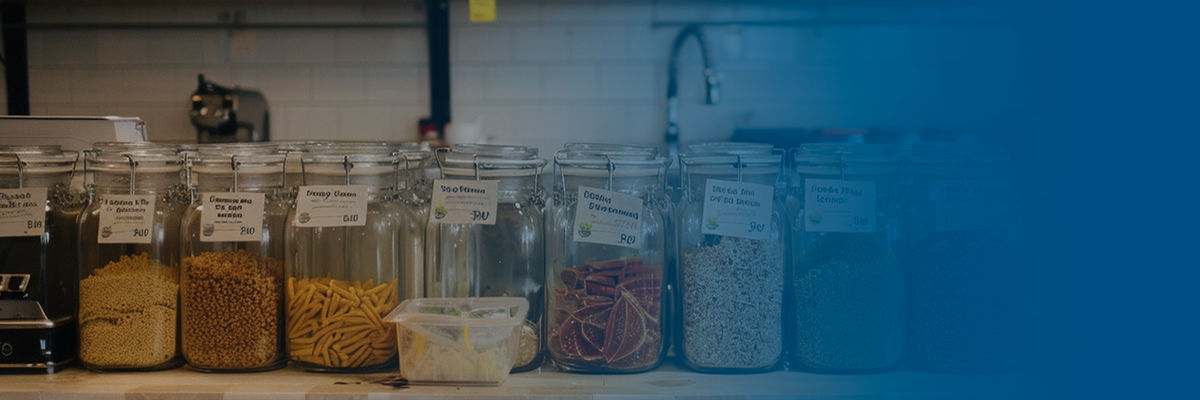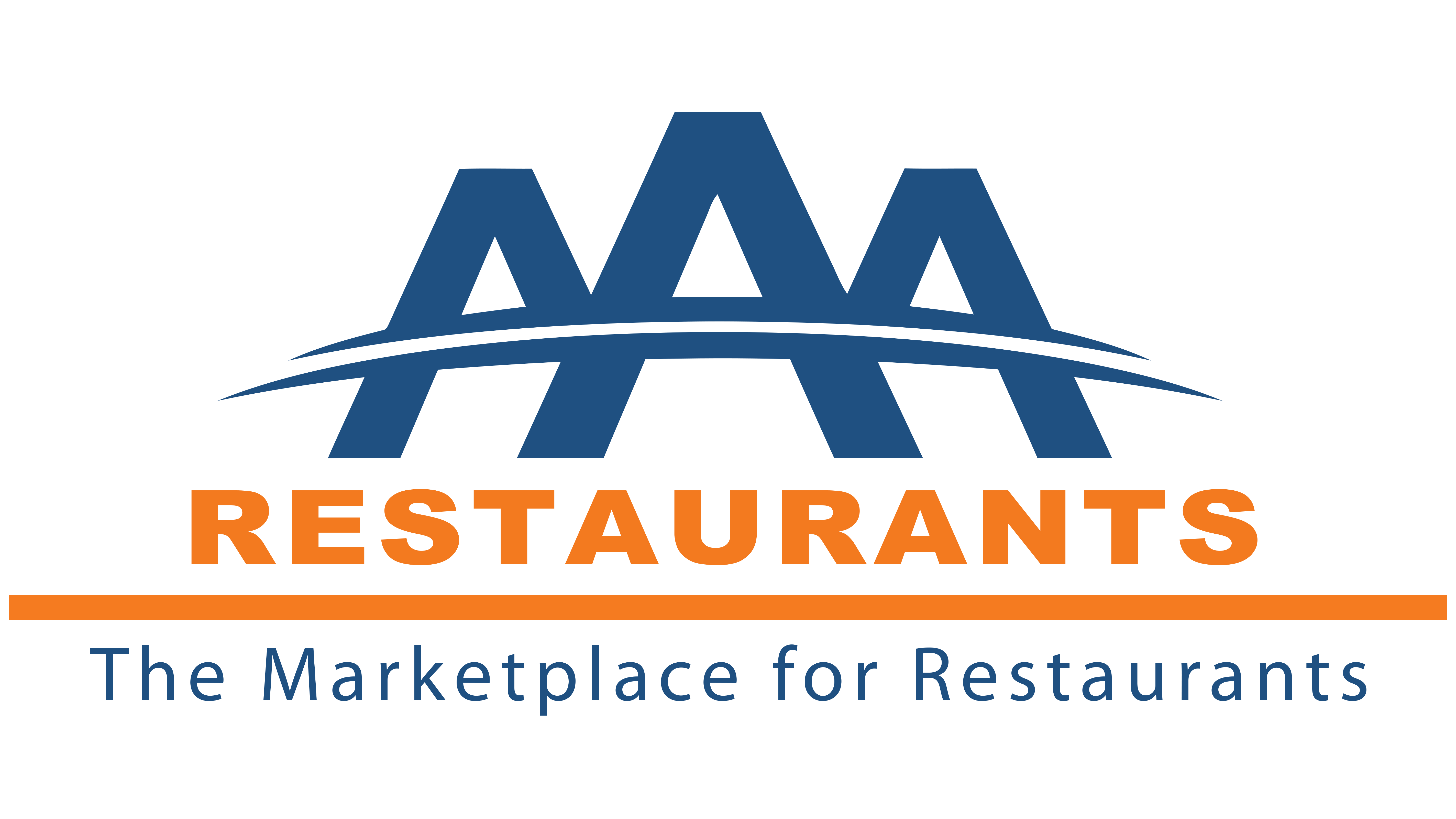
Restaurant Food safety is a significant concern for public health worldwide. The CDC (Centers for Disease Control and Prevention) revealed that approximately 128,000 Americans are hospitalized, 48 million fall ill, and 3,000 die annually due to foodborne diseases.
Ensuring food safety in restaurants is paramount, and this involves strict adherence to cleanliness, hygiene, and labeling practices. At AAA Restaurants, we emphasize these practices to protect our customers and maintain high standards.
Understanding Regulatory Requirements for Restaurant Food Safety
Studies have proved that around 88% of consumers in developed countries are more likely to consume food items with clear labeling that adheres to global and regional safety standards.
And so, for businesses operating in global food markets, adhering to these global and regional standards is crucial for ensuring consistent safety practices.
International organizations like the Codex Alimentarius Commission establish global guidelines, while regional bodies like the European Food Safety Authority [EFSA] tailor unique regulations to meet the unique challenges of respected jurisdictions.
FSMA (Food Safety Modernization Act)
The FSMA, enacted by the FDA in 2011, underscores comprehensive inspection, risk-based prevention, and supply chain collaboration. Key components include:
Produce Safety Rule: Focuses on standards for growing, harvesting, packing, and holding produce.
Foreign Supplier Verification Programs: Ensures imported foods meet U.S. safety standards.
Preventive Controls for Human Food Rules (PCHFR): Food facilities must have written preventive control plans.

HACCP (Hazard Analysis and Critical Control Points)
HACCP provides a proactive framework for identifying and controlling hazards at critical points in the food production process. This globally accepted approach ensures food safety through preventive measures rather than reactive responses.
Codex Alimentarius
Developed by WHO (World Health Organization) and FAO (Food and Agriculture Organization), Codex Alimentarius sets harmonized global food standards, including safety, quality, and labeling. Compliance with these standards is crucial for restaurants operating in the global food market.

Implementing Clear Labeling Protocols for Allergen Awareness
Food allergies affect approximately 32 million Americans, making clear labeling essential. The FDA’s Food Allergen Labeling and Consumer Protection Act (FALCPA) mandates that restaurants identify the presence of the eight most common allergens:
Dairy (casein)
Gluten
Fish (often shellfish)
Tree nuts
Peanuts
Sesame seeds
Wheat
Soy
Effective labeling practices include:
Visible Labels: Use vivid and visible labels on menus and packaging.
Allergen Information: Indicate allergens to prevent cross-contamination and ensure customer safety.
Staff Training: Train staff to identify and manage food allergies, answer customer inquiries, and offer substitutions.
Maximizing Safety Through Efficient Inventory Management
Efficient inventory management is critical to maintaining restaurant food safety. Key practices include:
Labeling Rules: Establish clear labeling rules, including product name, date received, expiration date, and allergen information.
FIFO System: Implement the first-in-first-out system to minimize food waste and prevent serving stale or contaminated food.
Technology Integration: Use bar code scanning or RFID systems to automate tracking and ensure up-to-date inventory information.

Choosing the Right Suppliers for Quality and Safety
AAA Restaurants partners with suppliers who comply with food safety regulations. Our suppliers includes:
High-Quality Produce: Fresh, safe, and sustainably sourced produce.
Transparent Practices: Full transparency in sourcing and handling procedures.
Compliance with Standards: Adherence to FSMA, HACCP, and Codex Alimentarius standards.
We provide a comprehensive marketplace for restaurant supplies, helping you choose the right products and suppliers to maintain high safety standards.
Visit AAA Restaurants for resources and guidance on maintaining restaurant food safety and delivering a reliable dining experience to your customers.
